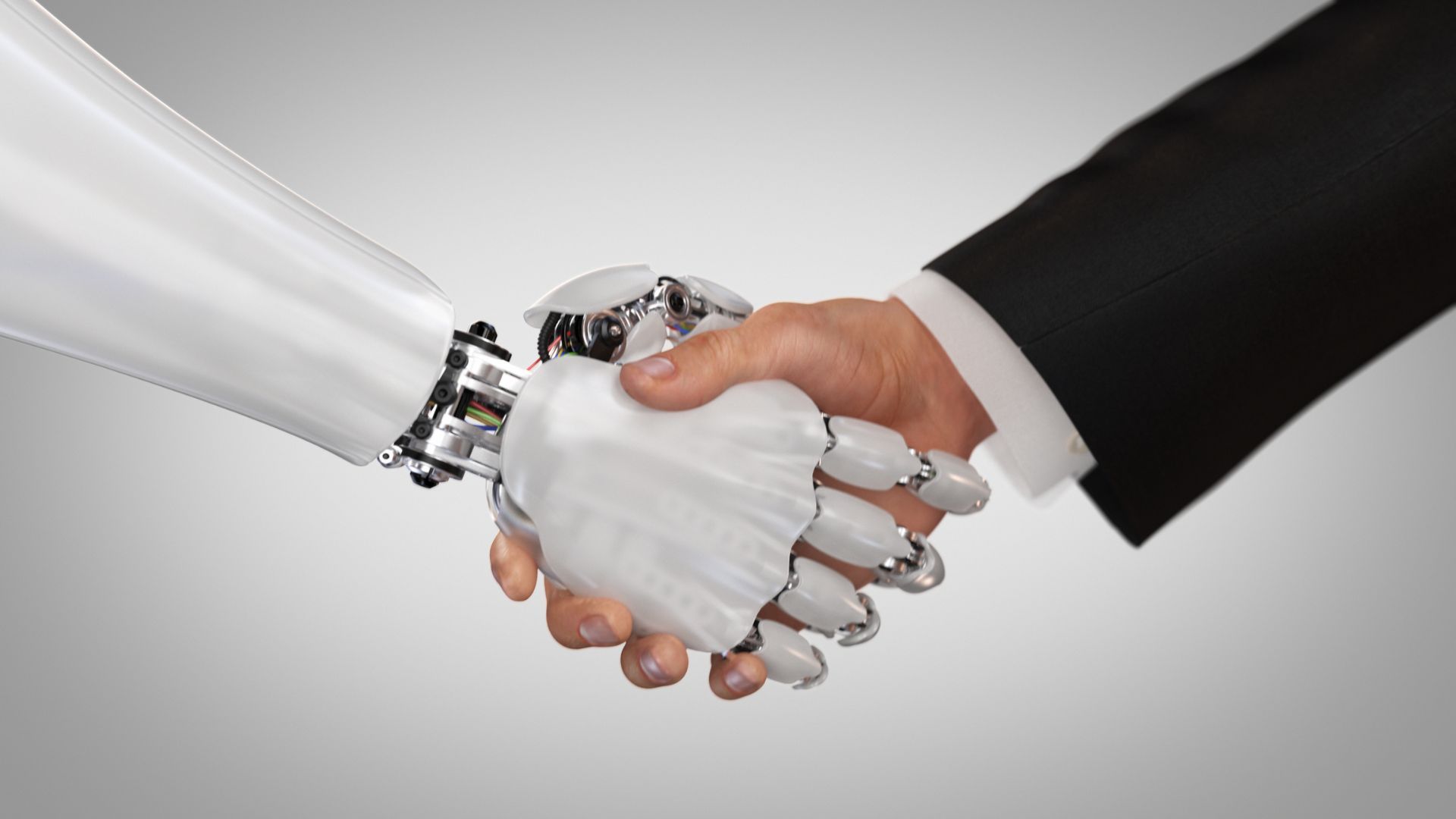Australia’s Job Market in 2025: Trends, Challenges, and Opportunities
Director Catherine Kennedy • March 6, 2025

The Australian job market continues to evolve, with key economic indicators shaping employment trends for 2025. In January, the unemployment rate slightly increased to 4.1%, reflecting a labour market that remains relatively strong. Despite this, Australia recorded its highest participation rate in history at 67.3%, highlighting that more people than ever are seeking employment. This surge in workforce participation is likely influenced by rising cost-of-living pressures, driving individuals to re-enter the job market or seek additional work.
While these headline figures suggest a resilient labour market, they do not fully capture the disparities across industries and regions. Job creation has been heavily concentrated in the public and government sectors, with 85% of net new jobs emerging in non-private industries. Meanwhile, private-sector hiring appears more subdued, varying significantly between states. For example, Victoria has one of the highest unemployment rates at 4.7%, while some cities report significantly lower figures, demonstrating the fragmented nature of the employment landscape.
Looking ahead, various factors—including economic shifts, technological advancements, and Australia’s upcoming election—will likely influence hiring trends, salary expectations, and job security. For businesses and job seekers alike, understanding these developments will be key to navigating the evolving employment market.
"We also saw the highest participation rate in Australian history at 67.3%, meaning more people than ever are looking for work."
In a recent market update, Catherine Kennedy, Managing Director of People2People NSW, analysed the latest employment data, providing valuable insights into the trends shaping the Australian workforce in 2025. She highlighted that while the national unemployment rate remains low, the job market is far from uniform across regions and industries.
“The unemployment rate did increase slightly in January to 4.1%, but that still indicates a relatively strong labour market,” Kennedy noted. “What’s particularly interesting is that we also saw the highest participation rate in Australian history at 67.3%, meaning more people than ever are looking for work.”
However, Kennedy cautioned that headline figures do not always reflect what is happening within specific sectors. “The numbers don’t tell the full story. 85% of net job creation over the past year has been in government, public service, or market sectors, meaning the private sector is not as strong as it once was,” she explained. This trend highlights an ongoing shift where private businesses are facing more challenges in hiring, whereas public-sector employment opportunities remain more stable.
The variation between states also presents a mixed picture. “Unemployment sits as high as 4.7% in Victoria, but in some cities, it’s as low as 3.1% or 3.2%,” Kennedy observed. This discrepancy underscores the need for job seekers and businesses to assess regional job market conditions when making career or hiring decisions.
Kennedy also pointed to broader economic factors that could influence hiring trends in 2025. “There are a lot of moving parts at the moment, both domestically and globally, including our upcoming election. These factors will undoubtedly have an impact on employment trends as businesses weigh economic uncertainty against future growth.”
Key Strategies for Navigating the Job Market in 2025
With shifting economic conditions and evolving employment trends, both job seekers and employers must adopt new strategies to remain competitive. Here are some key approaches to consider:
Stay Informed on Regional Job Market Trends
With employment conditions varying across different states and industries, job seekers should research which regions and sectors are experiencing growth. Employers should also assess local talent availability when hiring.
Diversify Employment Options
With more Australians participating in the workforce than ever before, competition for roles may increase. Job seekers should consider expanding their skill sets and being open to contract, project-based, or government roles to maximise their opportunities.
Monitor Wage Growth and Cost-of-Living Pressures
Salary expectations should align with market conditions. While job creation remains concentrated in the public sector, wage growth may differ across industries. Understanding salary benchmarks will be crucial for both negotiating and retaining talent.
Adapt to Private Sector Hiring Trends
As private-sector hiring slows, businesses must be strategic in their workforce planning. Employers should consider internal upskilling, retention initiatives, and leveraging government support programs to maintain operational strength.
Prepare for Economic and Political Shifts
With Australia’s upcoming election and ongoing global economic shifts, businesses must remain agile. Employers should prepare for potential policy changes that could impact hiring, wages, and workforce mobility.
Embrace Workforce Flexibility
As cost-of-living concerns drive more individuals into the workforce, job seekers should consider flexible work arrangements. Employers who offer hybrid roles, contract positions, and alternative employment structures may find it easier to attract and retain talent.
The Australian job market in 2025 presents a complex yet promising landscape. By staying informed, adaptable, and strategic, both employers and job seekers can navigate the shifting employment environment and seize new opportunities in the year ahead.
Find the job you love I Find the right talent
Get in touch with people2people
Australia
I
United Kingdom
In business since 2002 in Australia, NZ, and the United Kingdom, people2people is an award-winning recruitment agency with people at our heart. With over 12 offices, we specialise in accounting and finance, business support, education, executive, government, HR, legal, marketing and digital, property, sales, supply chain, and technology sectors. As the proud recipients of the 2024 Outstanding Large Agency and Excellence in Candidate Care Awards, we are dedicated to helping businesses achieve success through a people-first approach.






